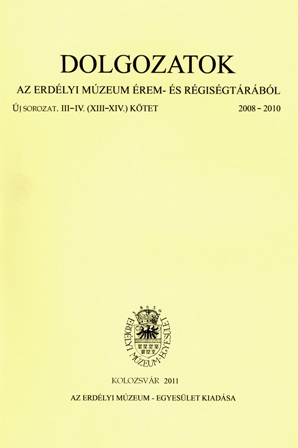Építészeti művelődés a 18. századi Erdélyben egy korabeli órajegyzet tükrében
Architectural Education in 18th Century Transylvania Through a Notebook of the Time
Author(s): Áron TóthSubject(s): History, Cultural history, Architecture, 18th Century
Published by: Erdélyi Múzeum-Egyesület
Keywords: architecture; education; 18th century Transylvania; architectural book; Sámuel Nádudvari; Vitruvian aesthetics
Summary/Abstract: In Transylvania and Hungary, most architectural books were written as coursebooks. Notes taken by students during lectures had a similar function. These handwritten notebooks contain all material presented on courses. To our present knowledge, the earliest 18th century manuscript about civil architecture is a notebook written in Latin around 1743 by Sámuel Nádudvari, teacher at the Calvinist college in Marosvásárhely (Târgu Mures [RO]). The manuscript is kept at the Biblioteca Teleki-Bolyai, Târgu Mures (inv. no. Ms. 72) at present. Only the basics of architecture could be learned from it. The introductory chapter provides a summary of the most significant elements of Vitruvian aesthetics. This part of the document shows correlation with two German mathematics coursebooks titled Anfangs-Gründe aller Mathematischen Wissenschafften (Halle, 1710) and Compendium elementorum matheseos universae (Lausannae – Genevae, 1742), written by Christian Wolff, one of the most important philosophers of the period. Works by this German scholar were well-known in Protestant schools. The second chapter of the notes presents the building materials and column orders, also familiarising students with the basics of the most important architectural forms and elements of design. Remaining chapters contain basic knowledge on technology. The author of the manuscript relied to a great extent on architecture books and mathematics coursebooks published in German territories, written in the first half of the 18th century. Although the author also cited the most important sources of classical Italian treatise-literature in his work, it is more closely related to Central-European culture.
Journal: Dolgozatok az Erdélyi Múzeum Érem- és Régiségtárából. Új sorozat
- Issue Year: 2010
- Issue No: III-V
- Page Range: 211-221
- Page Count: 11
- Language: Hungarian

